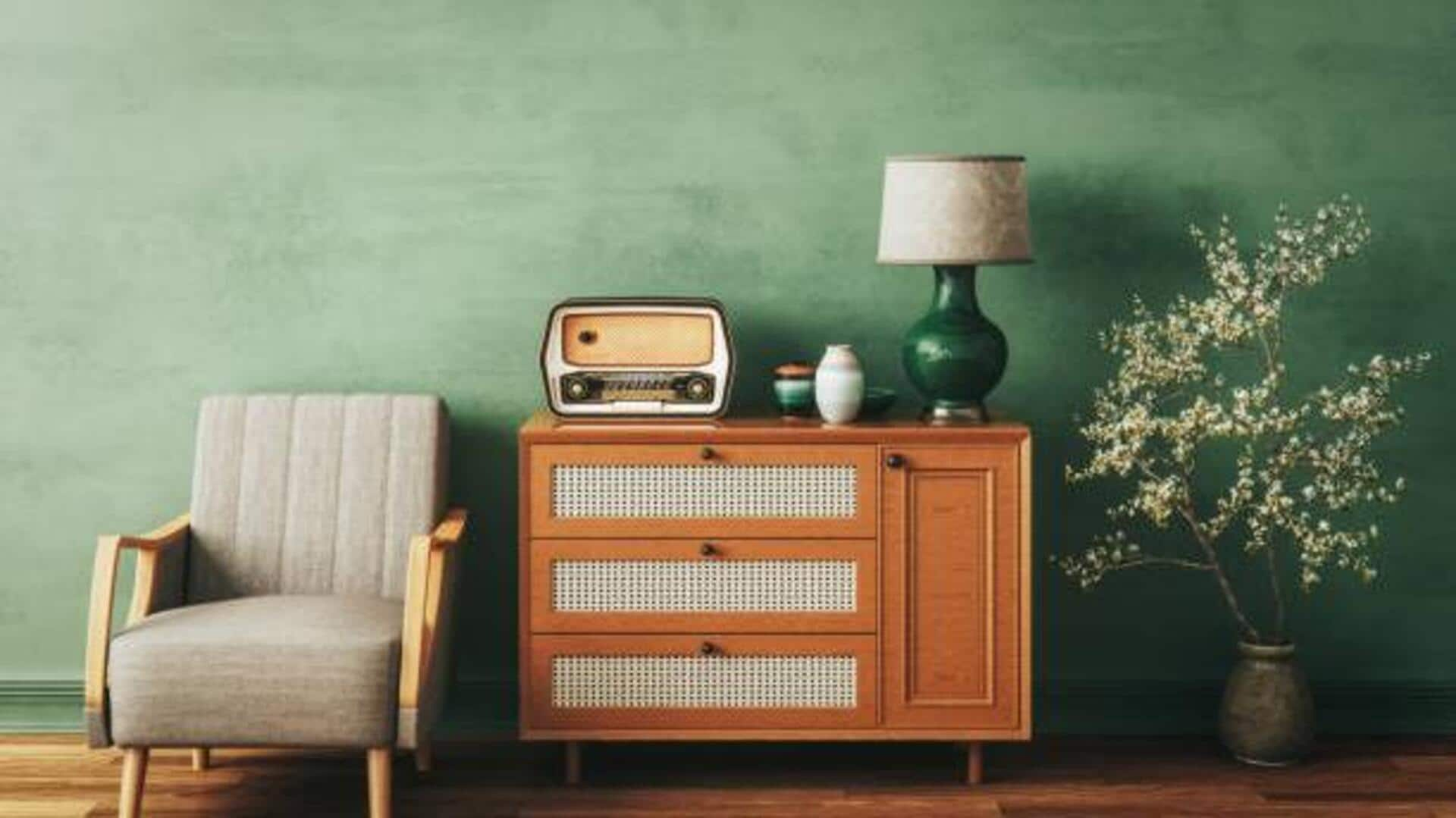
How to restore vintage furniture at home
What's the story
Restoring vintage furniture can be a rewarding project, allowing you to breathe new life into timeless pieces. Whether you're an experienced craftsman or a beginner, understanding the basics of furniture restoration is essential. This guide provides practical tips and insights to help you navigate the process effectively. From assessing the condition of your piece to selecting appropriate materials, these tips will assist you in achieving a successful restoration.
Initial evaluation
Assessing condition and planning
Before starting any restoration project, it's important to assess the condition of the furniture. Check for structural damage, missing parts, and surface wear. This evaluation will help you determine what repairs are necessary and guide your planning process. Create a list of required materials and tools based on your assessment to ensure you have everything needed before starting work.
Material selection
Choosing appropriate materials
Selecting the right materials is key to preserving the integrity of vintage furniture. Use high-quality wood glue for repairs and choose stains or paints that match the original finish as closely as possible. When replacing hardware or upholstery, opt for materials that complement the era and style of the piece. Proper material selection ensures durability and maintains aesthetic appeal.
Repair methods
Techniques for repair and restoration
For structural repairs, use clamps to hold joints together while glue dries. Sand surfaces gently with fine-grit paper to remove old finishes without damaging wood grain. For minor scratches or dents, use wood filler or touch-up markers in matching colors. Upholstery projects may require staple guns or sewing kits, depending on fabric choices.
Originality preservation
Preserving original features
Preserving original features is key to retaining the value of vintage furniture during restoration. Avoid altering unique details like carvings or inlays unless absolutely necessary for structural integrity. Clean surfaces with gentle cleaners that won't strip away patina or tarnish metal accents. When possible, keep original hardware intact by polishing instead of replacing it entirely.